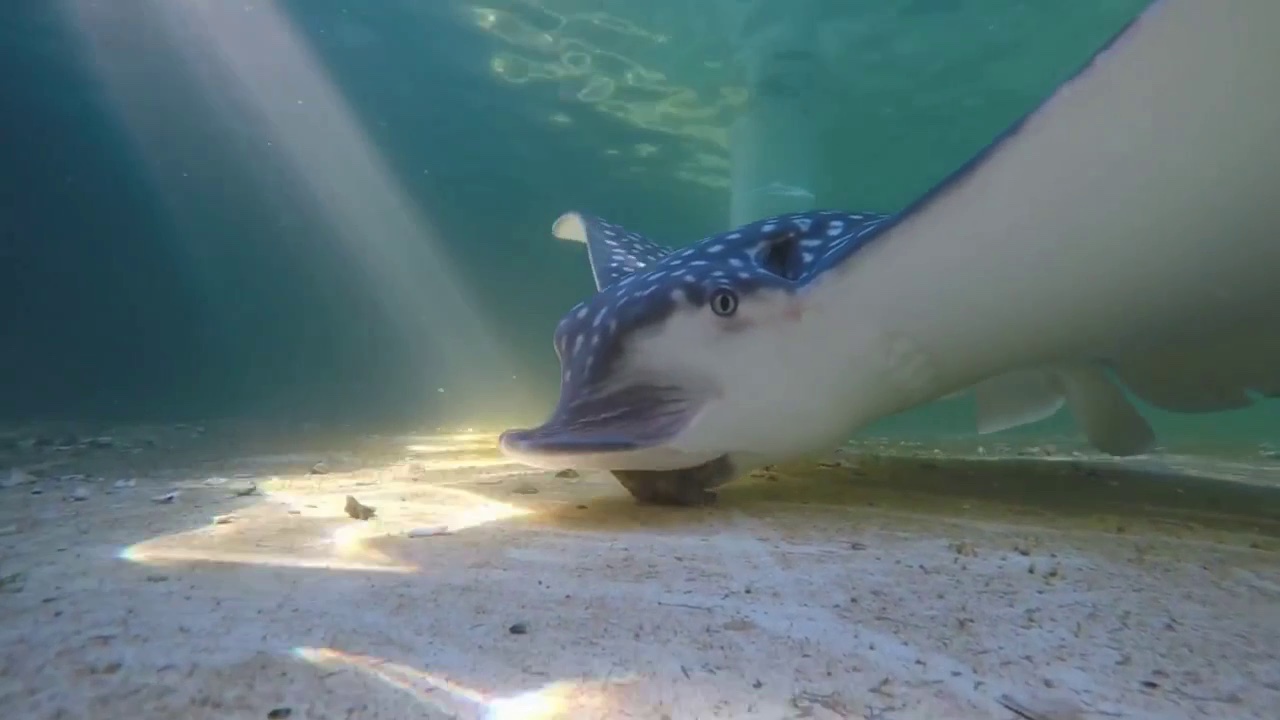Talks are underway this week to create a global treaty that would bring an end to plastic pollution. According to The Associated Press, a United Nations committee is meeting in Paris to work on what would be a landmark agreement that…
Tag: marine environment
Perfect ‘Pathogen’ Storm: Vibrio Bacteria, Sargassum and Plastic Marine Debris
Little is known about the ecological relationship of Vibrio bacteria with Sargassum. Evidence also is sparse as to whether vibrios colonizing plastic marine debris and Sargassum could potentially infect humans. As summer kicks off and efforts are underway to find solutions to repurpose Sargassum, could these substrates pose a triple threat to public health? Results of a study representing the first Vibrio spp. genome assembled from plastic finds Vibrio pathogens have the unique ability to “stick” to microplastics, harboring potent opportunistic pathogens.
Low-cost 3D Method Rapidly Measures Disease Impacts on Florida’s Coral Reefs
A low-cost and rapid 3D technique is helping scientists to gain insight into the colony- and community-level dynamics of the poorly understood stony coral tissue loss disease responsible for widespread coral death throughout the Tropical Western Atlantic. They adapted Structure-from-Motion (SfM) photogrammetry to generate 3D models for tracking lesion progression and impacts on diseased coral colonies. They combined traditional diver surveys with 3D colony fate-tracking to determine the impacts of disease on coral colonies throughout Southeast Florida.
Low-cost 3D Method Rapidly Measures Disease Impacts on Florida’s Coral Reefs
A low-cost and rapid 3D technique is helping scientists to gain insight into the colony- and community-level dynamics of the poorly understood stony coral tissue loss disease responsible for widespread coral death throughout the Tropical Western Atlantic. They adapted Structure-from-Motion (SfM) photogrammetry to generate 3D models for tracking lesion progression and impacts on diseased coral colonies. They combined traditional diver surveys with 3D colony fate-tracking to determine the impacts of disease on coral colonies throughout Southeast Florida.

Crunch! Underwater Acoustics Expose ‘Shell-crushing’ Sounds in a Large Marine Predator
“Shell-crushing,” an explosive sound, occurs when marine animals crack open hard shells like clams to eat the edible tissue. There hasn’t been any data to support this feeding noise, until now. A study is the first to quantify these sounds using underwater acoustics in a marine animal in a controlled setting. Scientists know what type of shell a ray is eating based on the sound it makes and show it’s audible above ambient noise in lagoons out to 100 meters.